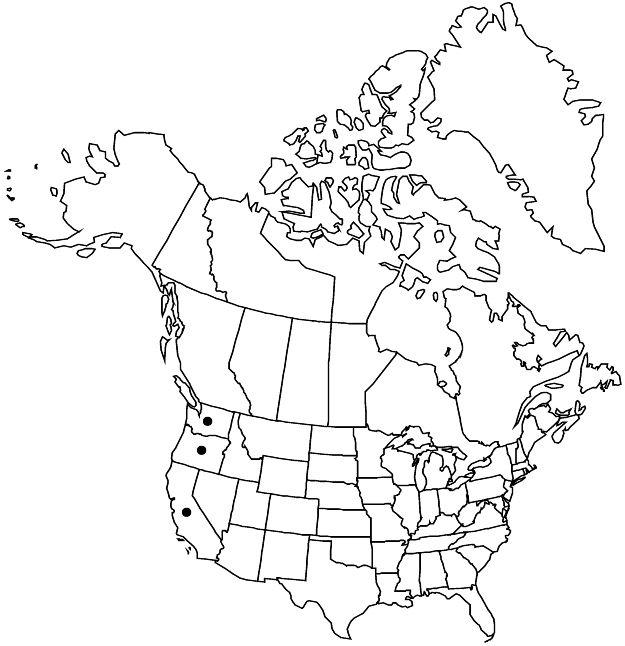Cerastium dichotomum
Sp. Pl. 1: 438. 1753.
Plants annual, with slender taproot. Stems erect, simple or several from branched caudex, 15–30 cm, densely viscid-glandular; small axillary tufts of leaves usually absent. Leaves not marcescent, sessile; blade broadly linear to linear lanceolate to oblong, 12–30(–50) × 3–10(–15) mm, apex usually acute, densely viscid-glandular. Inflorescences dense, 3–30-flowered cymes; bracts foliaceous, glandular-pubescent. Pedicels erect, 2–10 mm, shorter than sepals, with dense, spreading, glandular pubescence. Flowers: sepals lanceolate, 6–11 mm, margins narrow, apex acute, pubescence dense, stout, shorter than sepal tips, viscid-glandular; petals oblanceolate, 8–10 mm, ca. equaling sepals, apex shortly 2-fid; stamens 5; styles 5. Capsules narrowly conic, straight, 10–15 mm, ca. 2 times as long as sepals; teeth 10, erect, margins convolute. Seeds chestnut brown, ca. 1.3 mm, tuberculate; testa not inflated. 2n = 38.
Phenology: Flowering spring–early summer.
Habitat: Arable land, roadsides
Elevation: 300-900 m
Distribution

Introduced; Calif., Oreg., Wash., s Europe.
Discussion
Cerastium dichotomum is very similar to C. inflatum Link from the Middle East [C. dichotomum subsp. inflatum (Link) Cullen] and is sometimes equated with it, but that species differs from C. dichotomum in having an inflated fruiting calyx. Reports of C. siculum Gussone in North America are referable to C. dichotomum.
Cerastium dichotomum is a rare weed of arable land and roadsides.
Selected References
None.